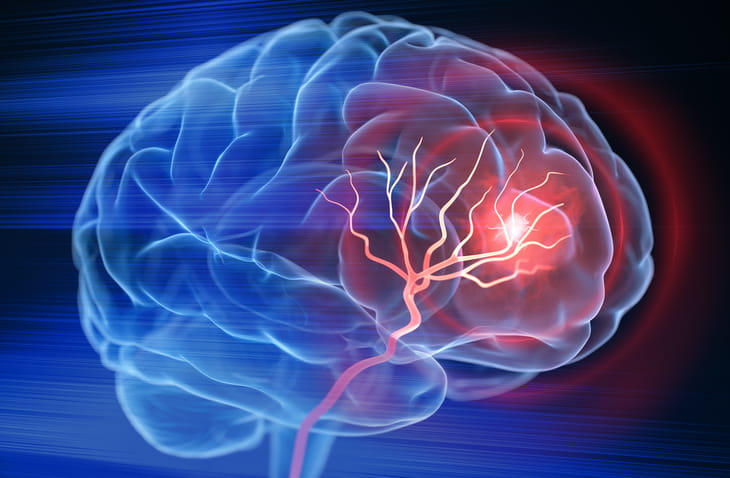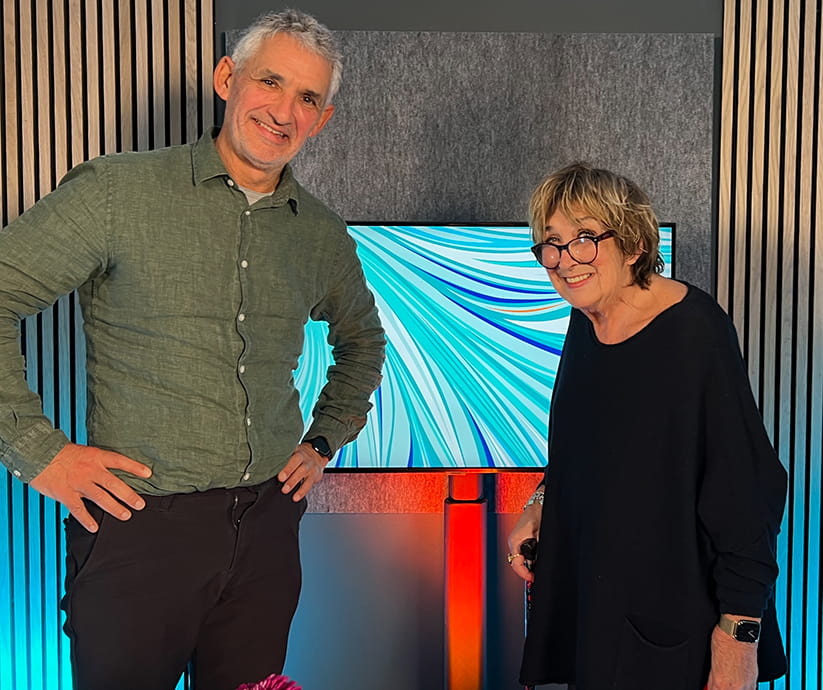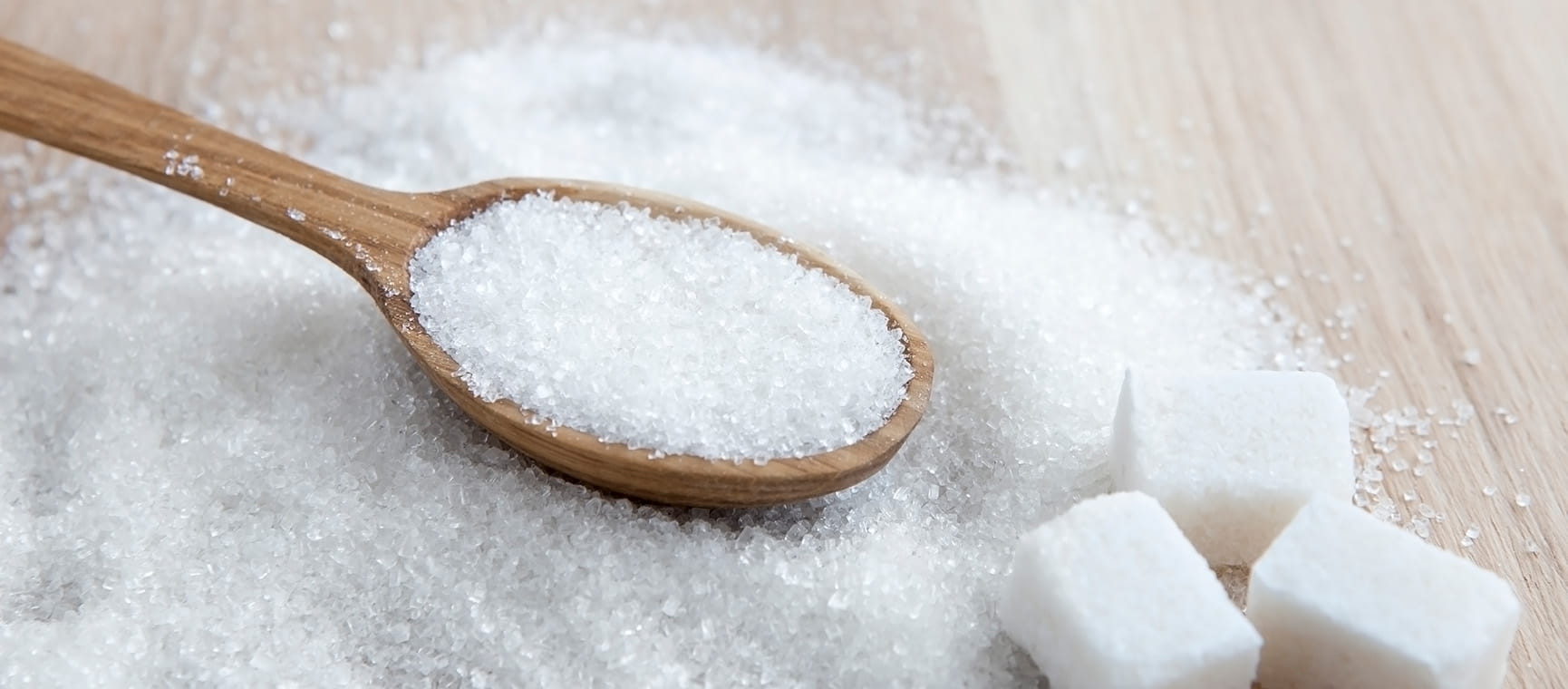Health & Wellbeing
Our experts show you simple and effective ways to stay healthy and active, so you can live your passions every day.

How I cured 14 years of back pain
Elizabeth was in chronic pain for more than a decade – until she discovered a solution that really worked.

Easy food swaps to boost your health in 2026
10 simple alternative items that can have a big effect on your health – without depriving you.

The health numbers to know – and the ones to ignore
As we get older, our health stats can flag early signs of conditions such as heart disease and diabetes.

What really works to ease muscle cramps
Muscle cramps can be a curse as we age. Why do they happen and what’s the best way to get rid of them?

Prostate and eyecare patients among the first to benefit from new online hospital
9 specialist areas of care will fall under the remit of NHS Online when it launches in England next year.

Why spending time on your phone and computer is good for your brain

The crucial signs of a stroke, and who's at risk
Facial weakness, a sudden headache and dizziness can all be signs of a stroke, we've got the facts from an expert.

Are alcohol-free drinks really that healthy?
Almost half of UK adults now buy non-alcoholic beer, wine and spirits - read out our guide to the best - and the worst.

Persistent cough: when should you worry?
If you've got a cough that won't go away, our expert guide explains when to get it checked by a doctor.

What foods nutritionists eat to prevent chronic illness in older age
Find out what experts really consume and what they avoid in order to live better for longer.

Tim Spector on eating more to stay healthy
The gut health expert offers his advice on Saga's new podcast, Experience is Everything

Sugar: why you don't need to give it up for your health

Warm wearables: how to stay toasty without turning up the heating

Why prescription drugs aren't always the answer to chronic pain
Doctors are increasingly recommending lifestyle and mind-based approaches for chronic pain.

For a limited time, enjoy 3 issues of Saga Magazine for just £1. Receive the next 3 print editions delivered direct to your door, plus 3 months’ unlimited access to the Saga Magazine app—perfect for reading on the go.
Don’t miss your chance to experience award-winning content at an exceptional price.
Play our free daily puzzles
Beat the boredom and exercise your mind with our selection of free puzzles.



